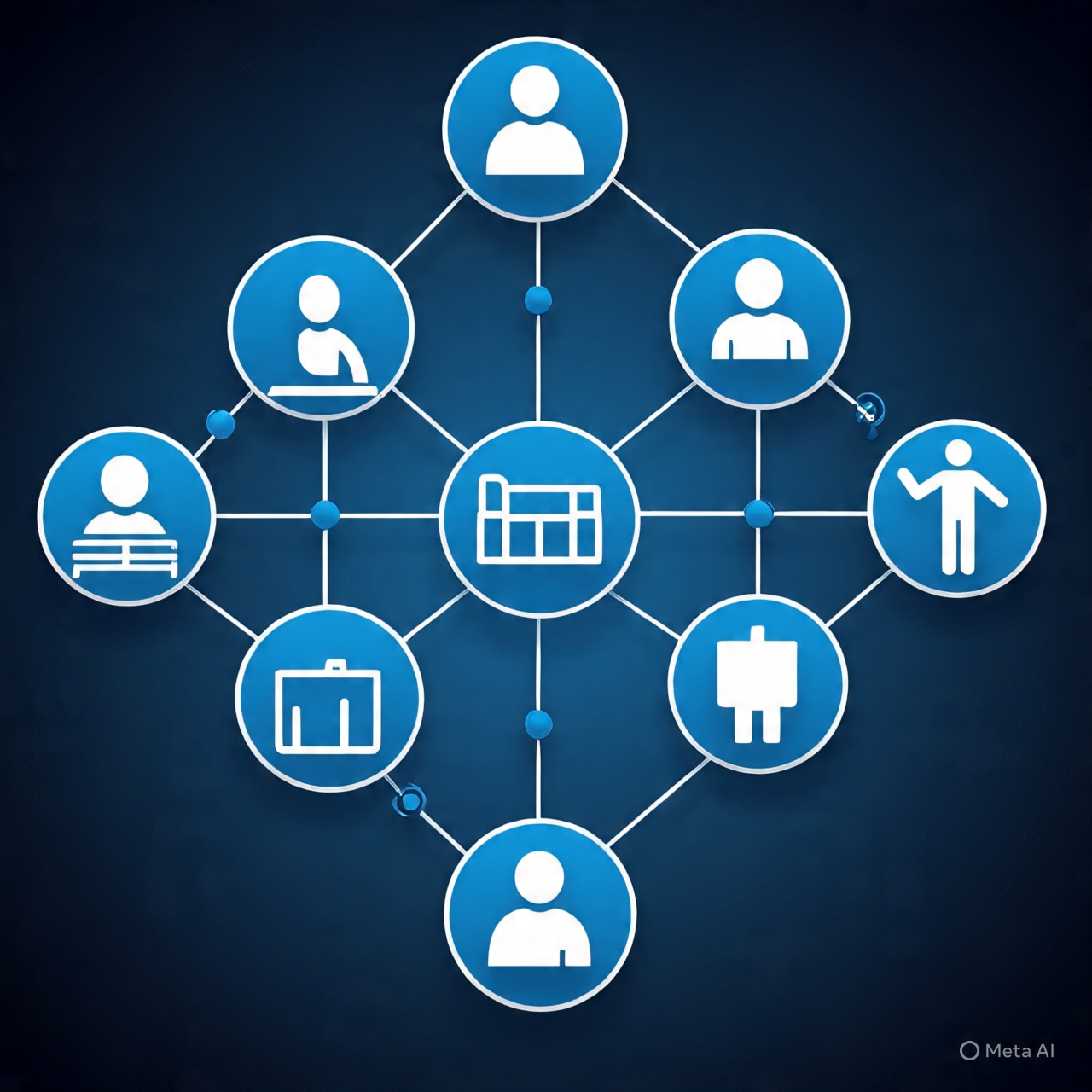

As a marketing expert, I firmly believe that a well-executed multi-channel marketing strategy is crucial for businesses to reach and engage with their target audience effectively. In today’s digital age, customers interact with brands across multiple touch points, making it essential to have a cohesive and integrated approach to marketing.
What is Multi-Channel Marketing?
Multi-channel marketing refers to the practice of using two or more channels (e.g., social media, email, content marketing, paid advertising) to reach your target audience. This approach allows businesses to create a seamless customer experience by providing consistent messaging, branding, and value across all touch points.
Benefits of Multi-Channel Marketing
- Increased Reach: By using multiple channels, you can reach a broader audience and increase brand visibility.
- Improved Engagement: Multi-channel marketing helps to build relationships with customers through consistent and relevant messaging.
- Enhanced Customer Experience: A well-executed multi-channel strategy ensures that customers have a cohesive experience across all touch points.
- Better ROI: By allocating budget across multiple channels, you can optimize your spend and achieve better returns on investment.
Key Channels for Multi-Channel Marketing
- Social Media: Platforms like Facebook, Twitter, Instagram, and LinkedIn provide an excellent opportunity to engage with customers and build brand awareness.
- Email Marketing: Email remains a powerful channel for nurturing leads and driving conversions.
- Content Marketing: Creating high-quality, relevant content helps establish your brand as an authority in its industry.
- Paid Advertising: Channels like Google Ads, LinkedIn Ads, and Facebook Ads offer targeted advertising options to reach specific audiences.
- Influencer Marketing: Partnering with influencers can help expand your reach and build credibility.
Best Practices for Multi-Channel Marketing
- Integrate Your Channels: Ensure that all channels are working together to provide a cohesive customer experience.
- Use Data to Inform Your Strategy: Analyze data from each channel to optimize performance and make informed decisions.
- Create Consistent Messaging: Develop messaging that resonates across all channels, ensuring consistency in branding and value proposition.
- Test and Optimize: Continuously test and refine your multi-channel strategy to achieve optimal results.
Example Multi-Channel Marketing Campaign
Let’s say you’re a B2B software company looking to increase brand awareness and drive leads.
- Social Media: Create engaging content on LinkedIn and Twitter, highlighting industry insights and product benefits.
- Email Marketing: Develop targeted email campaigns to nurture leads and encourage conversions.
- Content Marketing: Publish informative blog posts and whitepapers on your website, sharing expertise and showcasing thought leadership.
- Paid Advertising: Run targeted Google Ads and LinkedIn Ads to reach specific audiences and drive traffic to your website.
By integrating these channels and using data to inform our strategy, we can create a cohesive customer experience that drives business results.
Conclusion
A well-executed multi-channel marketing strategy is essential for businesses looking to reach and engage with their target audience. By integrating multiple channels and creating consistent messaging, you can build relationships with customers, drive conversions, and achieve better ROI.
In my next article, I’ll explore how AI-powered marketing tools are changing the face of digital marketing and what this means for businesses.







